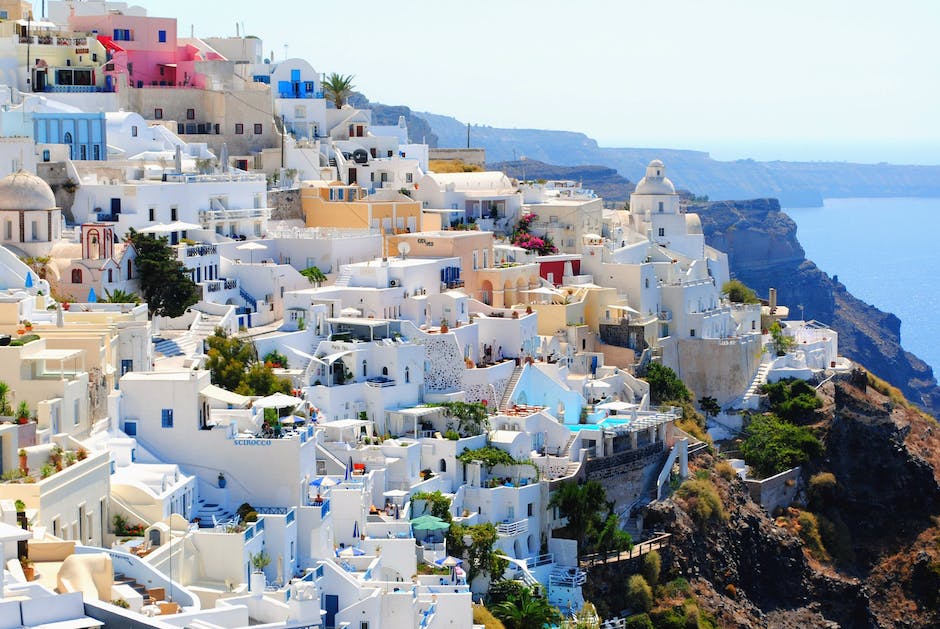What Did the Greeks Desire in Their Architecture: A Deep Dive into Ancient Greek Architectural Preferences
Greek architecture, known for its timeless beauty and enduring influence, has captivated architects and home design enthusiasts for centuries. As an architect myself, I have always been fascinated by the Greeks’ desires and intentions behind their architectural creations. In this blog post, we will explore the essence of Greek architecture and uncover what the Greeks truly desired in their architectural designs.
[row]
[one-third]
[image]https://redblackarch.com.au/wp-content/uploads/2024/02/what-did-the-greeks-desire-in-their-architecture-67.jpg[/image]
[/one-third]
[two-thirds]
The Harmony of Balance and Order
When examining Greek architecture, it is impossible not to marvel at its harmonious balance and sense of order. The Greeks desired a perfect equilibrium between various elements, creating a visually pleasing and proportionate composition.
One prime example of this desired harmony is the renowned Parthenon. This architectural masterpiece perfectly exemplifies the Greeks’ pursuit of balance and equilibrium in their architectural designs.
[/two-thirds]
[/row]
How Does the Parthenon Reflect Balance and Order in its Architecture?
The Parthenon, located on the Acropolis in Athens, Greece, was dedicated to the goddess Athena. Its construction began in 447 BCE and was completed in 432 BCE, under the supervision of the architects Ictinos and Callicrates, with the sculptor Phidias overseeing the extensive sculptural program.
The Parthenon exhibits several architectural qualities that emphasize balance and order:
- Symmetry: The Parthenon is symmetrical along both the vertical and horizontal axes. It features evenly spaced and proportioned columns on each side, creating a sense of orderliness and aesthetic appeal.
- Golden Ratio: The architects of the Parthenon made significant use of the “golden ratio,” a mathematical proportion revered for its visual harmony. This ratio appears throughout the building’s design, from column spacing to the dimensions of the building and its interior elements.
- Refined Proportions: Nothing in the Parthenon appears out of place or disproportionate. The Greeks believed in the importance of each element contributing to the overall sense of balance and harmony.
- Precision and Attention to Detail: The level of precision and attention given to every aspect of the Parthenon demonstrates the Greeks’ meticulousness in achieving architectural perfection.
[row]
[two-thirds]
Greek Revival Architecture and its Influence Today
The desire for Greek architectural aesthetics greeted a revival in Western culture during the 18th and 19th centuries. Known as Greek Revival architecture, this style imitates the design elements found in ancient Greek buildings and incorporates them into modern constructions. It had a significant impact on our architectural landscape and continues to shape contemporary structures.
How Did Greek Architecture Influence Us Today?
The profound influence of Greek architecture can be observed in various aspects of our modern built environment:
- Government Buildings: Many government buildings around the world, inspired by the grandeur and authority of Greek temples, incorporate elements of ancient Greek architectural designs.
- Columns and Pediments: The use of columns, particularly the iconic Doric, Ionic, and Corinthian orders, in contemporary architecture pays homage to the Greeks’ architectural achievements.
- Academic Institutions: Educational structures, such as universities and colleges, often adopt the classical Greek architectural style to evoke a sense of history, knowledge, and intellectual pursuit.
- Museums and Cultural Centers: Greek architecture, with its timeless appeal, is prominently featured in museums, cultural centers, and performance venues around the world as a symbol of tradition, elegance, and sophistication.
- Residential Buildings: Greek Revival architectural elements can also be found in residential designs, bringing a touch of historical elegance to modern homes.

[/two-thirds]
[one-third]

[/one-third]
[/row]
The Essence of Greek Architecture
In summary, the Greeks desired precise harmony, balance, and order in their architectural designs. They believed in the interconnectedness of all elements, creating a visual symphony that appeals to the senses and transcends time.
Today, the elegance, sophistication, and enduring qualities of Greek architecture continue to captivate architects and home design enthusiasts alike. Whether in government buildings or contemporary residences, the spirit of ancient Greece lives on through the influence of Greek Revival architecture.
I hope this exploration of Greek architectural desires has inspired you to incorporate elements of this timeless style into your own designs. Remember, it is through seeking balance and embracing order that we can achieve architectural greatness.
[recommendations keyword=’what-did-the-greeks-desire-in-their-architecture’]



